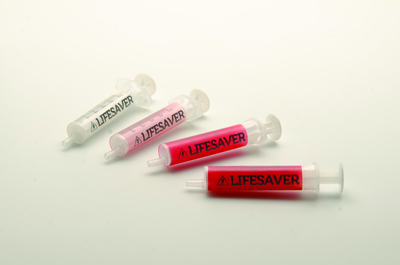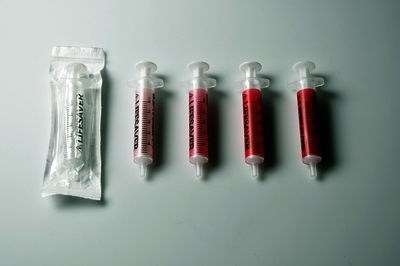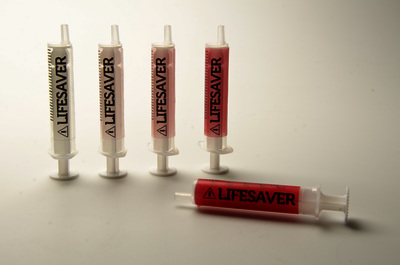SWANN, David (2013). ABC Syringe. [Artefact] [Artefact]
Documents
12447:39460
Image (JPEG) (ABC Syringe)
dc3.jpg - Other
Available under License All rights reserved.
dc3.jpg - Other
Available under License All rights reserved.
Download (3MB) | Preview
12447:39459
Image (JPEG) (ABC Syringe)
dca.jpg - Other
Available under License All rights reserved.
dca.jpg - Other
Available under License All rights reserved.
Download (2MB) | Preview
12447:39462
Image (JPEG) (ABC Syringe)
image 22.jpg - Other
Available under License All rights reserved.
image 22.jpg - Other
Available under License All rights reserved.
Download (1MB) | Preview
12447:39463
Image (JPEG) (ABC Syringe)
e.jpg - Other
Available under License All rights reserved.
e.jpg - Other
Available under License All rights reserved.
Download (16MB) | Preview
12447:39461
Image (JPEG) (ABC Syringe: Making Invisible Risk, Visible)
dc1.jpg - Other
Available under License All rights reserved.
dc1.jpg - Other
Available under License All rights reserved.
Download (6MB) | Preview
12447:39458
Video (MP4) (Animation of Transformation)
Lifesaver Syringe H264.mp4 - Other
Available under License All rights reserved.
Lifesaver Syringe H264.mp4 - Other
Available under License All rights reserved.
Download (32MB)
Abstract
A two-year study that has developed an effective innovation strategy to combat the reuse of single-use syringes in low resource settings- the World Health Organisation’s research challenge no. 5. Each year unsafe injection practices kills 1.3 million patients and accounts for 5% of all new HIV cases. The design research identified that excessive cost was prohibitive factor that deterred the local adoption of current auto-disabling syringes designed to prevent such violations in a curative context. Precedent case studies, force-field analysis, and dialogues with global networks and specialists captured the complexity of the challenge, sharpened the acuity of the strategic approach, and established a need for a frugal solution that offered unilateral benefits to patients, providers and manufacturers.
The research outcome is a transformative label that ultilises proven technologies and synthesizes theories of risk perception, chromism and visual design. Packaged inside a nitrogen atmosphere this syringe remains colourless. Exposure to air activates an intelligent ink label to rapidly absorb CO2 to produce a dramatic colour transformation- changing from colourless to red in 60 seconds. The resultant change provides an explicit visual warning of risk that was verified on the streets of Mumbai with 100% efficacy to date. Its significance to global patient safety as a non-sterility indicator for any medical device/ sterile package is recognised by the WHO, UNICEF and CNN International.
More Information
Statistics
Downloads
Downloads per month over past year
Share
Actions (login required)
 |
View Item |


 Tools
Tools Tools
Tools![[thumbnail of ABC Syringe]](https://shura.shu.ac.uk/12447/3.hassmallThumbnailVersion/dc3.jpg)

![[thumbnail of ABC Syringe]](https://shura.shu.ac.uk/12447/2.hassmallThumbnailVersion/dca.jpg)

![[thumbnail of ABC Syringe]](https://shura.shu.ac.uk/12447/5.hassmallThumbnailVersion/image%2022.jpg)

![[thumbnail of ABC Syringe]](https://shura.shu.ac.uk/12447/6.hassmallThumbnailVersion/e.jpg)

![[thumbnail of ABC Syringe: Making Invisible Risk, Visible]](https://shura.shu.ac.uk/12447/4.hassmallThumbnailVersion/dc1.jpg)

